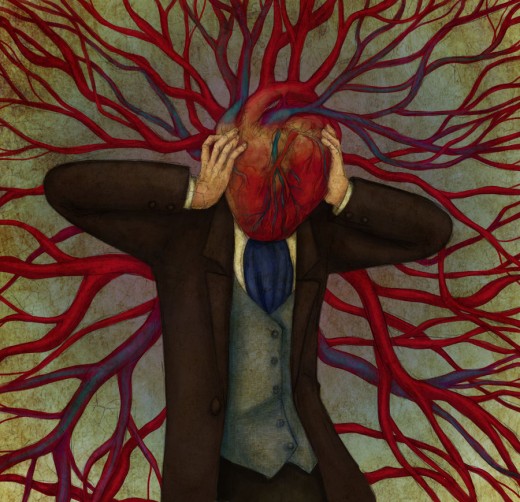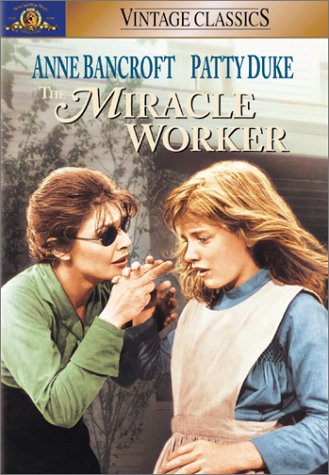In my previous post on Borowski’s text, I introduced the symptom of repetition as a part of trauma. This is a subject explored in depth by Freud in his lecture, “Beyond the Pleasure Principle,” in which he introduced repetition-compulsion. Whitehead explains Freud’s concept of trauma in terms of a system of fortification:
Freud describes trauma as an extensive breach in the defensive wall surrounding the psyche. The subject’s defences are weak if has not built up a layer of anxiety prior to a shock or unexpected event. The repetition-compulsion seeks to achieve a retrospective mastery over the stimulus that has breached the defences by developing the anxiety which was previously missing (119).
Freud’s fortification metaphor occurs throughout Borowski’s text. The narrator is always aware of the walls which confine him and the other prisoners to the camp. He describes the guards who are “posted along the rails, across the beams, in the green shade . . . to form a tight circle” (34). Again and again fortress images appear in the text. In “Auschwitz, Our Home (A Letter),” he describes the camp: “Imagine a Pawiak [(infamous Polish prison)], multiplied many times, and surrounded with a double row of barbed wire . . . there are searchlights at every other post, watch-towers on solid cement bases, a double-thick fence, plus a high concrete wall” (102). In the final story, the narrator sees himself walking along “like a young man on a parapet” (178). Borowski places himself in this fortress with no way of escape.
While Borowski replicates Freud’s fortress metaphor, he also engages in repetitions. Among the images that repeat in the text are the standard Holocaust images of trains and smoke and ditches; these images occur during the narrator’s literal imprisonment at Auschwitz and they continue to occur after his liberation from the camp. In the opening story he describes “the mountain of people filling the car almost halfway up to the ceiling . . . horribly tangled, but still steaming” (48). He observes “great columns of smoke rise from the crematoria and merge up above into a huge black river which very slowly floats across the sky” (49). Throughout the stories, the narrator sees people meld into a decomposing mountain or into black smoke or into sewage. He refers to the “waves” of people (37, 41) and to the “teeming crowd pushed forward like a river driven by an unseen power” (44). The opening images of people caught up in clouds of smoke or streamed into rivers are echoed in the final story:
Through half-open eyes I see with satisfaction that once again a gust of the cosmic gale has blown the crowd into the air, all the way up to the treetops, sucked the human bodies into a huge whirlpool, twisted their lips open in terror, mingled the child’s rosy cheeks with the hairy chests of men, entwined the clenched fists with strips of women’s dresses, thrown snow-white thighs on the top, like foam with hats and fragments of heads tangled in hair-like seaweed peeping from below. And I see that this weird snarl, this gigantic stew concocted out of the human crowd, flows along the street, down the gutter, and seeps into space with a loud gurgle, like water into a sewer (178-9).
Each of the images presented in this passage can be referenced to another image occurring earlier in the text. There is the “wave of people . . . [pouring] from the train like a blind, mad river” (37). He refers to “the mountains of people filling the car almost halfway up to the ceiling [as] motionless, horribly tangled, but still steaming” (48). Ditches and gutters flood the text (57, 64, 66); cauldrons of soup and stew boil and gurgle throughout the stories (61, 62). Tadek thinks about the “the child with rose-coloured cheeks” who was dying (89). Images of smoke inundate the text, as well: “It looke like rain, for an ash-grey smoke hovered low over the roof tops” (157) and the world which will leave only “a handful of grey, dry ashes” (179). Another motif in the collection is an incessant hammering of steel as men work on the train rails. In “A Day at Harmenz,” Tadek occupies a position as a rail worker so that we hear “a firm metallic sound [reverberating] throughout all Harmenz” (50) and it echoes back. The sound of colliding steal resounds throughout the book all the way to the very end when Tadek hears “the repeated, stubborn hammering against the rails of the nightshift men” (180). According to Whitehead, trauma narratives are characterized by “repetition and indirection” (3). Because the victim has not assimilated the trauma, he continues to repeat it through narrative.
What we notice through the repetition is the work of the uncanny in that everyday experiences and objects inflict him with torment. Whitehead explains Freud’s notion of the uncanny, in that “even apparently innocuous daily objects and incidents can be drawn into an atmosphere of trauma. Through repetition or correspondence, the simplest event can be invested with a symbolic aura” (86). Repression returns in uncanny ways.
Often trauma fiction is replete with hauntings of ghosts of the past. While these may be supernatural, in Borowski the haunting is like that oppressive sky that hovers so as to conceal the sun. Spectral lights appear throughout the text, creating a ghostly presence in the text and reminding us that In the literary text, often the haunting is “the return of elements of the past which have been silenced or culturally excluded” (7). We can see the haunting of images when the narrator, wanting to escape the horror, closes his eyes: “The morbid procession streams on and on—trucks growl like mad dogs. I shut my eyes tight, but I can still see corpses dragged from the train, trampled infants, cripples” (41). He is haunted by the images. Whitehead refers to the haunting inherent in the trauma text. In addition, she refers to the spectral figure. Not that this text in any way exemplifies haunting and the spectre in the way say Beloved does, but there is a reference to the “spectral glow” of the lights when he watches the people “flow on and on endlessly” (48). It is beyond comprehension, so that he sees this ghostly procession of people moving toward their death. In fact the end of the first story has this dream-like, almost transcendent feel to it: “The stars are already beginning to pale” (49).
Freud, Sigmund. Beyond the Pleasure Principle. http://www.bartleby.com/276/
Whitehead, Anne. Trauma Fiction. Edinburgh: Edinburgh University Press, 2004.


